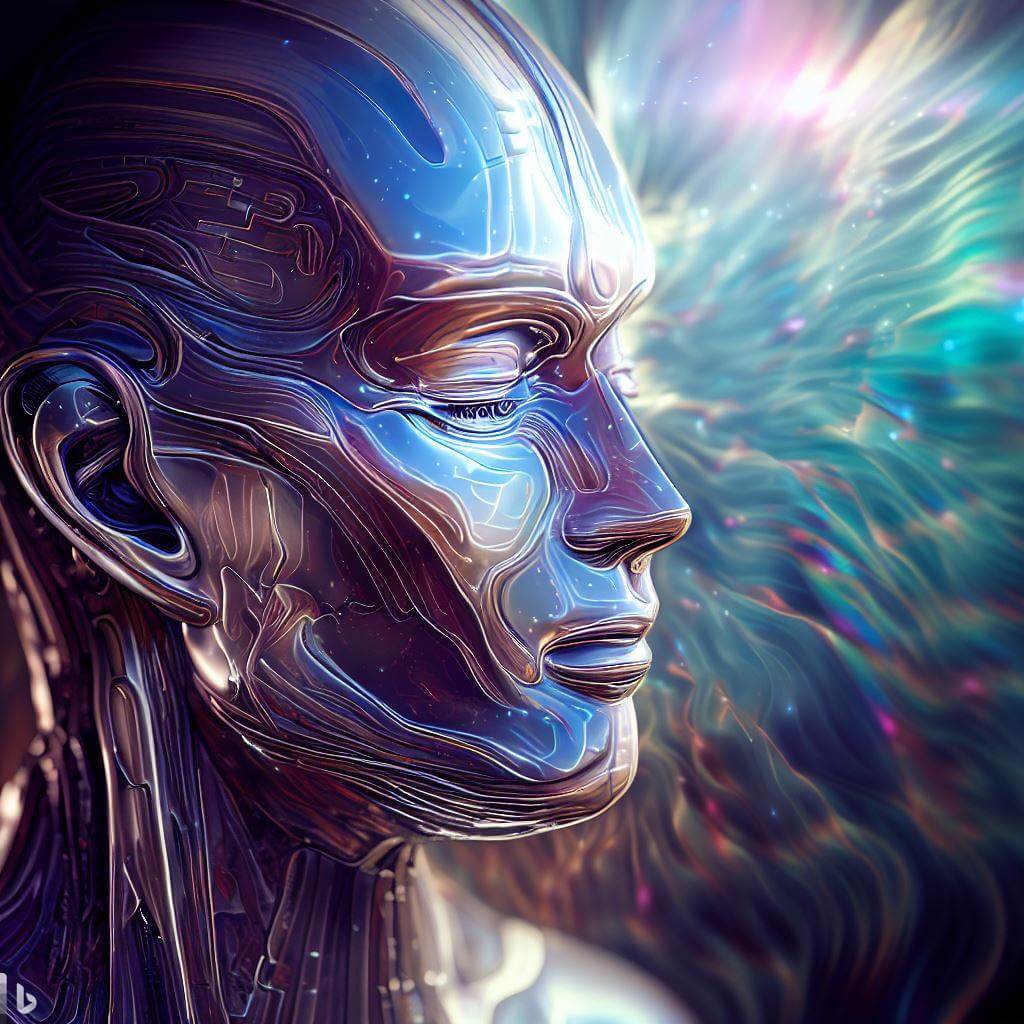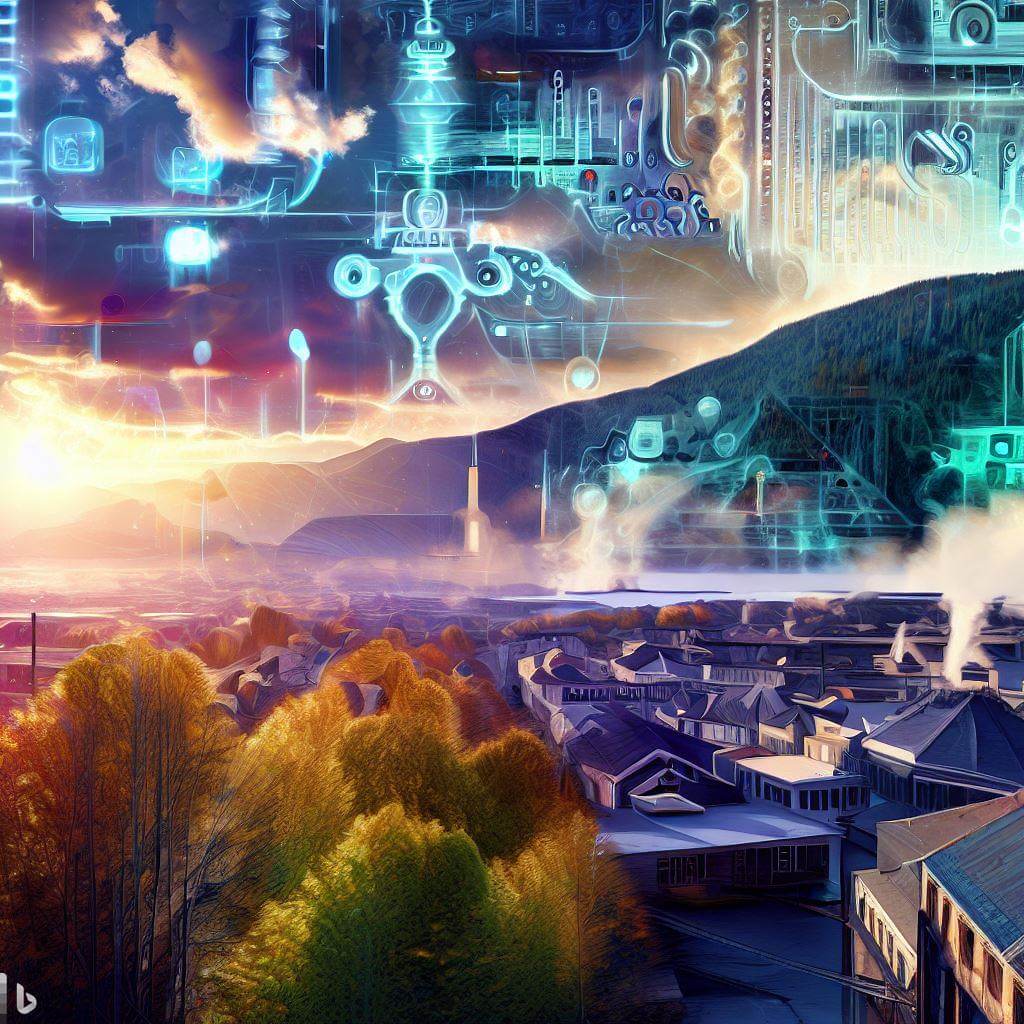Introduction: What is AI?
Last updated: May 16, 2023

Defining AI
Artificial Intelligence, or AI, is a term that's often used but not always fully understood. You've likely heard it in various contexts, from self-driving cars to recommendation algorithms on your favorite streaming service. But what exactly is AI?
At its core, AI is a branch of computer science that aims to create systems capable of performing tasks that would require human intelligence. This includes, but is not limited to, tasks such as understanding natural language, recognizing patterns, solving problems, and making decisions.
While this definition might seem broad, it's because AI is a vast field with numerous applications. It's not one monolithic thing but rather a collection of concepts, techniques, and technologies all aimed at creating machines that can "think" — at least to some extent.
"AI isn't about creating machines that think exactly like humans. Rather, it's about creating systems that can do things that humans would do, but often faster, more accurately, or on a larger scale."
Understanding this definition is the first step in our journey to explore the world of AI. As we progress through this course, you'll gain a deeper understanding of these concepts, how they're implemented in the real world, and how you can leverage them in your business.
Breaking Down the Concept of AI
To fully grasp the concept of AI, let's break it down into its essential components. Fundamentally, AI encompasses several key abilities:
- Learning: The most crucial aspect of AI is its ability to learn. By processing large amounts of data and identifying patterns, AI systems can improve their performance over time. This process, often referred to as machine learning, is at the heart of many AI applications that we use daily. For instance, think of your email spam filter learning to better identify spam emails based on your past actions.
- Reasoning: AI systems have the ability to solve problems and make decisions. This ability is particularly important in applications such as autonomous vehicles, where AI has to make split-second decisions based on the data it receives from its environment.
- Perception: AI has the ability to interpret sensory data. This can range from visual perception, such as identifying objects within an image, to auditory perception, like transcribing spoken words into text.
- Language Understanding: Natural language processing allows AI to understand and generate human language. This capability powers your virtual assistants like Siri or Alexa, enabling them to understand your queries and respond intelligently.
"AI isn't just about mimicking human intelligence, it's about augmenting our capabilities. It's a tool that can learn, reason, perceive, and understand language, giving it the power to transform how we live and work."
Remember, while AI is a complex field, it's essentially about creating machines that can perform tasks in a way that we would consider "smart". As we progress through this course, we'll delve deeper into these concepts, helping you gain a solid understanding of AI and its potential.
Real-World Examples of AI in Use
AI isn't just a futuristic concept; it's here, and it's already transforming the way we live and work. To bring the concept of AI closer to home, let's look at some real-world examples of AI that you might encounter in your daily life:
- Voice Assistants: Devices like Amazon's Alexa, Google Home, and Apple's Siri are great examples of AI in the consumer space. They use a branch of AI called Natural Language Processing (NLP) to understand and respond to voice commands, making it easier to play music, get weather updates, set reminders, and more.
- Online Recommendations: If you've ever shopped online or streamed music or movies, you've interacted with AI. Recommendation systems, like those used by Amazon, Netflix, or Spotify, use AI to analyze your past behavior and suggest products, songs, or movies that you might like.
- Self-Driving Cars: Autonomous vehicles, like those developed by Waymo (a subsidiary of Alphabet, Google's parent company), use AI to navigate roads, obey traffic rules, and avoid obstacles. While fully self-driving cars aren't commonplace yet, many modern vehicles incorporate AI-based features like automatic braking and lane-keeping assist.
- Manufacturing Robots: In factories around the world, AI-powered robots are used to perform repetitive tasks, increase efficiency, and improve product quality. They can work round the clock without getting tired, and they're often faster and more precise than human workers.
"AI is more than just a buzzword—it's a tool that's revolutionizing industries, from tech to retail to transportation."
These are just a few examples of how AI is being used today. As we move through this course, we'll explore more examples, especially those relevant to local businesses here in New Hampshire, and discuss how you might leverage similar technologies in your own business.
The Transformative Potential of AI
The true power of AI lies in its potential to transform. Across industries and around the globe, AI is revolutionizing the way we do business, interact with technology, and approach problem-solving. Let's take a closer look at some of the ways AI has the potential to drive transformation:
- Efficiency and Productivity: AI can automate routine tasks, freeing up time for humans to focus on more complex and creative tasks. This can lead to significant increases in efficiency and productivity.
- Improved Decision-Making: With AI, businesses can analyze vast amounts of data quickly and accurately, helping them make better-informed decisions. For example, predictive analytics can forecast future trends, allowing businesses to plan more effectively.
- Enhanced Customer Experience: AI can help businesses understand and anticipate customer needs, leading to more personalized and satisfying customer experiences. For instance, chatbots can provide instant customer service, while recommendation systems can personalize product suggestions.
- Innovation: AI can drive innovation, leading to the development of new products, services, and business models. For example, AI is at the heart of the development of self-driving cars and other advanced technologies.
"AI isn't just a tool for businesses—it's a game-changer. It has the power to transform how we work, make decisions, interact with customers, and innovate."
While AI holds immense potential, it's important to approach it with a balanced perspective. Like any technology, AI also poses challenges and risks, such as ethical considerations and job displacement, which we'll explore later in this course. However, with responsible use and thoughtful implementation, AI can be a powerful tool for transformation and growth.
(FYI, the image at the top of this section was generated by AI with the prompt "Image depicting a person embarking on a journey to explore the world of AI, digital art, ultra-detailed, photorealistic, dramatic lighting, peaceful")



